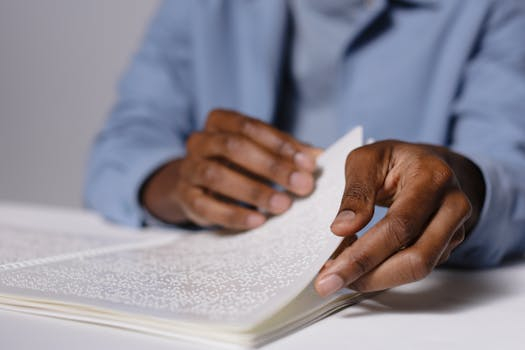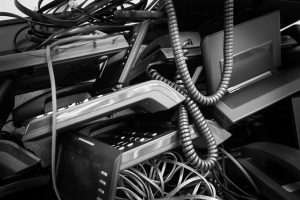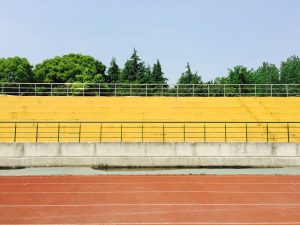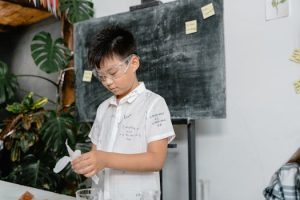Learning Disabilities: Support Strategies
As our education system becomes more inclusive, there has been a greater recognition of the unique needs of students with learning disabilities. These students face challenges in processing, acquiring, and retaining information, which can significantly impact their academic performance. Despite these obstacles, with the right strategies and support, students with learning disabilities can reach their full potential and excel academically. In this article, we will explore the various support strategies that can help students with learning disabilities succeed in their academic journey. 
Understanding Learning Disabilities
Learning disabilities are neurological disorders that affect how the brain processes information. It is estimated that 1 in 5 students in the United States have some form of learning disability, making it the most common disability among children. These students have normal or above-average intelligence, but their brains process information differently, making it challenging for them to acquire, process, and retain information. The most common learning disabilities are dyslexia, dyscalculia, dysgraphia, and auditory processing disorder.
Challenges Faced by Students with Learning Disabilities
Students with learning disabilities can face a variety of challenges in their academic journey. Their difficulties in acquiring and retaining information make it hard for them to follow instructions and complete tasks. They may also struggle with organization, time management, and attention span. As a result, they may experience academic underachievement, low self-esteem, and heightened anxiety. To overcome these challenges, students with learning disabilities need supportive strategies tailored to their unique needs.
Support Strategies for Students with Learning Disabilities
There is no one-size-fits-all strategy for supporting students with learning disabilities. Each student has their own set of challenges and strengths, and it is essential to understand them before implementing any support strategies. Here are some effective strategies that can help students with learning disabilities succeed in their academic journey:
1. Personalized Instruction
Students with learning disabilities benefit greatly from personalized instruction. This could mean breaking down complex tasks into smaller, more manageable steps or providing additional one-on-one instruction. Personalization allows students to learn at their own pace and helps them grasp concepts more effectively.
2. Multisensory Learning
Students with learning disabilities often process information better when it is presented in different ways. Multisensory learning combines auditory, visual, and kinesthetic learning methods, making it easier for these students to understand and retain information. This could involve using visual aids, hands-on activities, or audio recordings to supplement traditional teaching methods.
3. Use of Assistive Technology
The use of assistive technology can also greatly benefit students with learning disabilities. Assistive technology tools, such as text-to-speech software, graphic organizers, and speech recognition software, can help students with reading, writing, and organization. These tools enable students to work independently and reduce the impact of their disability on their academic performance.
4. Positive Reinforcement
Many students with learning disabilities struggle with low self-esteem. Positive reinforcement and praise can go a long way in boosting their confidence and motivation. Teachers and parents should acknowledge their efforts, celebrate their successes, and offer encouragement when they face challenges. This positive reinforcement can help students with learning disabilities develop a growth mindset and realize their full potential.
5. Collaborative Learning
Collaborative learning allows students to work together in groups, helping each other and learning from one another. This method can be especially beneficial for students with learning disabilities as they can receive support and alternative perspectives from their peers. Collaborative learning also helps in developing important social skills and fosters a sense of belonging and acceptance among students.
Conclusion
Students with learning disabilities face unique challenges in their academic journey, but with the right support and strategies, they can excel academically and reach their full potential. It is crucial for parents, teachers, and educators to understand these students’ needs and provide personalized, multisensory, and technology-assisted instruction. Positive reinforcement and collaborative learning can also greatly benefit these students and help them overcome their academic hurdles. With the right support and strategies, students with learning disabilities can thrive and succeed in their academic journey.











